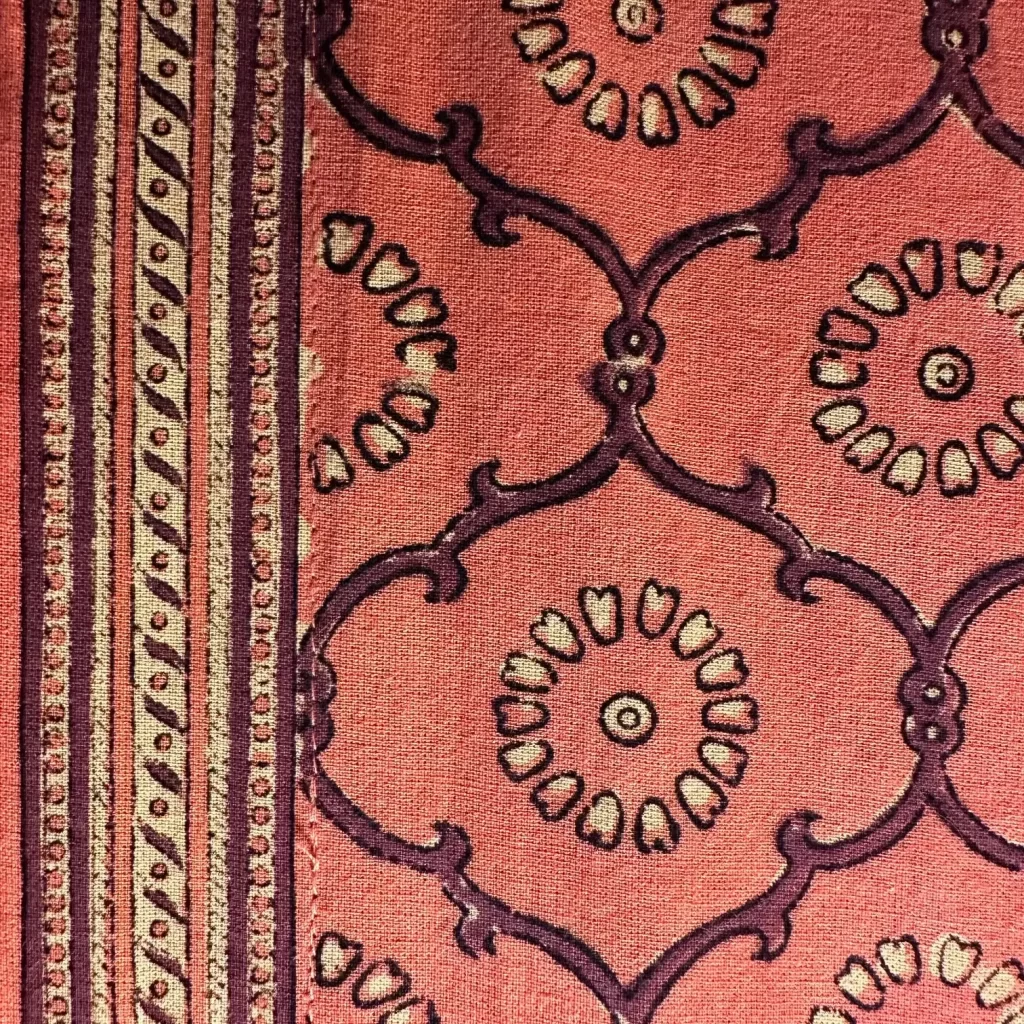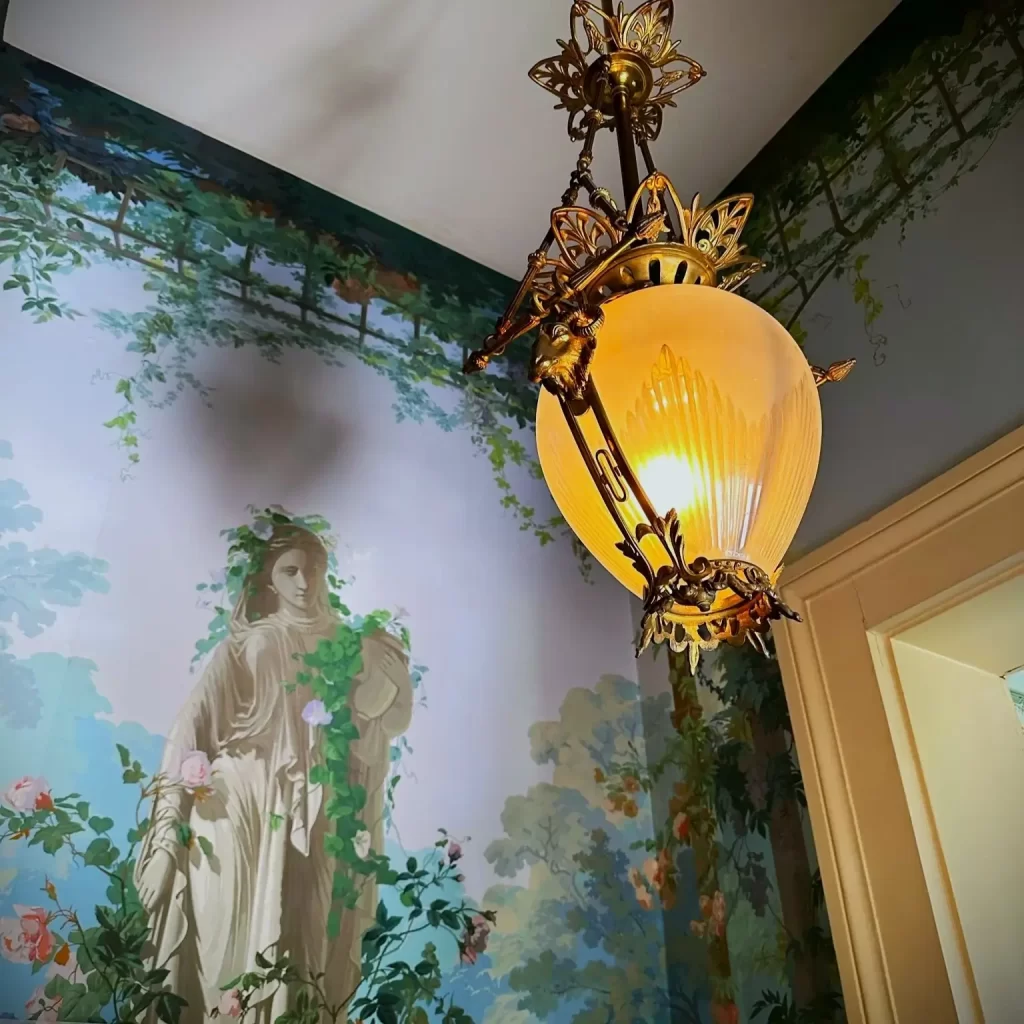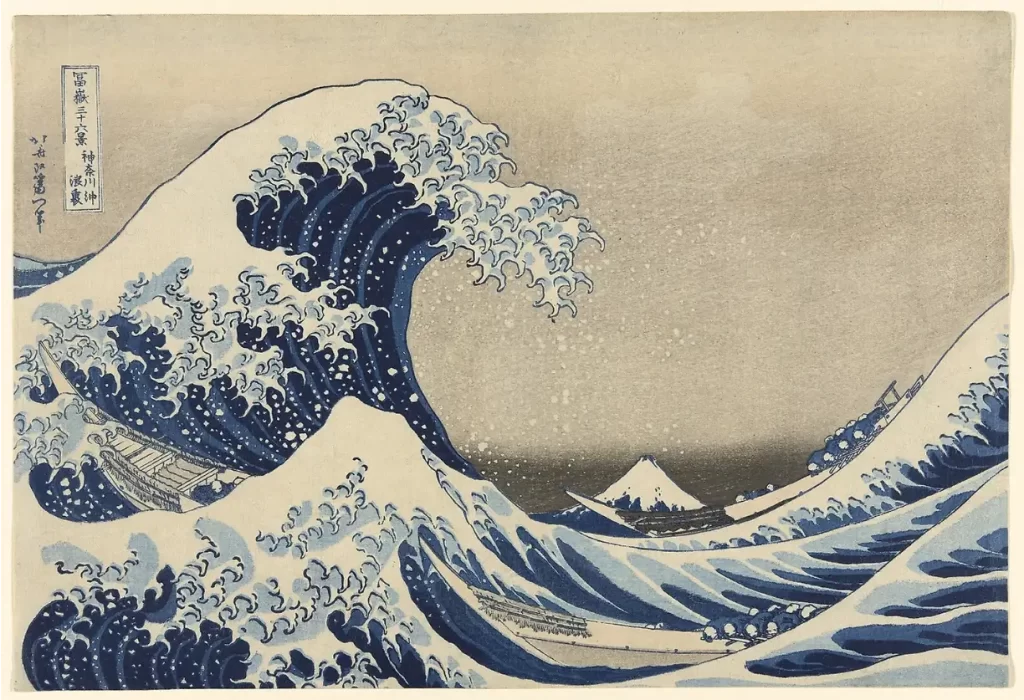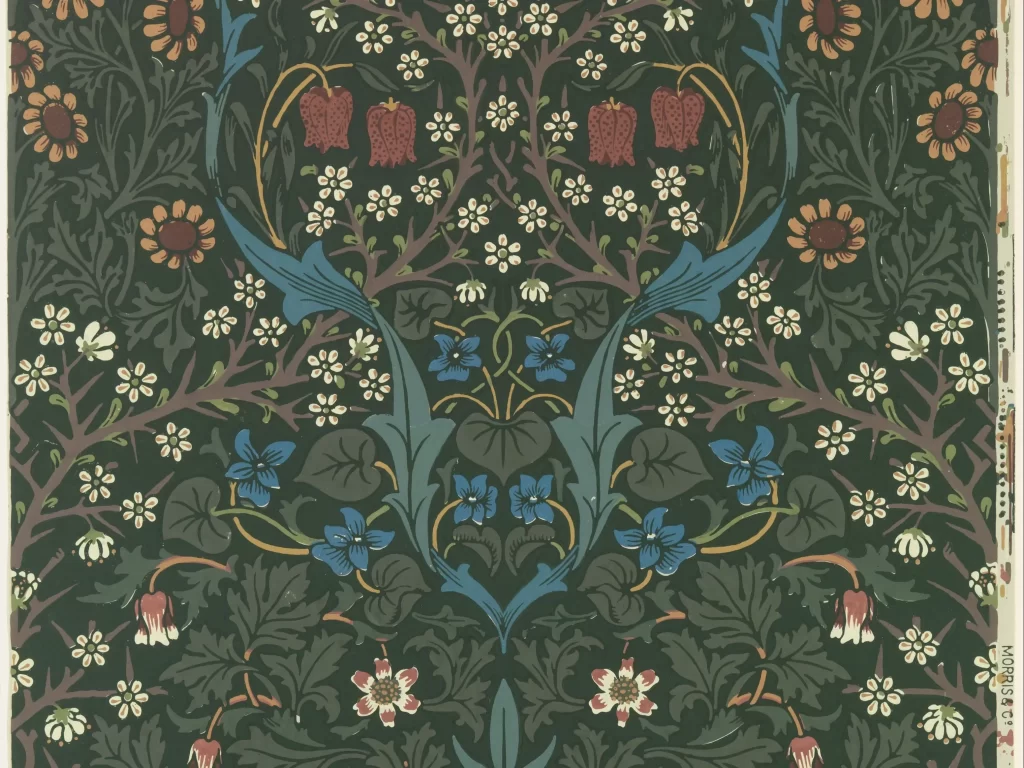Block printing is an ancient relief-printing technique which involves carving designs onto blocks and then stamping the inked designs onto a substrate. The blocks themselves can be made from wood and stone or from man-made materials like linoleum.
An Ancient Art Form
Various cultures throughout history have used block printing to produce patterned paper, ceramic, or textile products. In fact, the fashion and home goods industries widely incorporate patterned fabrics from countries like India, which has been a center for fabric block printing for centuries.

Fine artists have also long relied on this medium for artistic expression. For example, Paul Gauguin in France and Hokusai in Japan are world-renowned artists who created some of their best-known masterworks by block printing.
Layered Craftsmanship
In the 19th century, block printing began to be used on a commercial scale to create beautiful and intricate wallpapers, like those designed by William Morris for the Morris, Marshall, and & Faulkner Co.
The meticulous craftsmanship of these wallpapers required the carving of dozens of blocks which were then stamped in layers onto paper to create a single design. To this day, some of these antique blocks are still used to create some of the finest wallpapers in the world, as you can see in the video below from London’s Victoria and Albert Museum:
A Modern Luxury
The advent of digital technologies has made printing economical and accessible, but the old ways still impart an imprimatur of artistic bona fides. As a result, block-printed wallpapers have become esteemed luxuries which command high prices today due to their heritage and artisanal character.
In fact, in the age of AI, block-printed artworks of any kind bring a human touch into our homes and lives. Perhaps more than anything in modern times, such human connection is the ultimate luxury.



